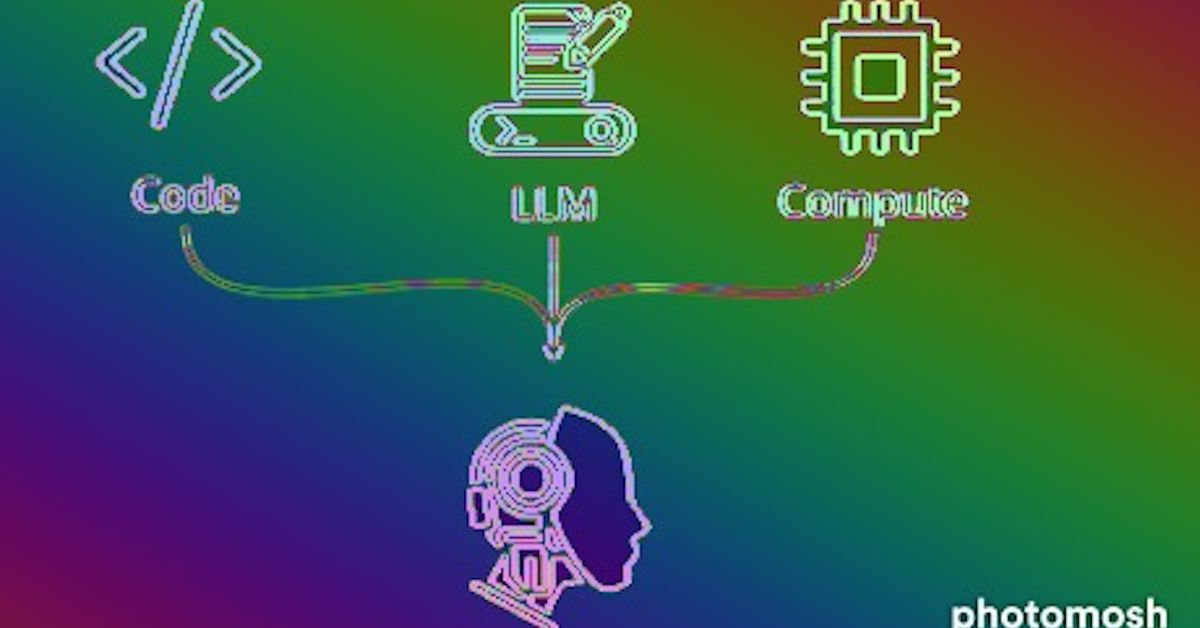Kava is a decentralized lending platform for the future generation that aims to introduce new flexibility to the market. The network is noted for its innovative lending approach and cross-chain capabilities. The platform now provides a variety of products, the two most popular of which are collateralized loans and stablecoins.
What is Kava?
Kava is a software protocol that allows users to borrow and lend assets without the necessity of a typical financial mediator by utilizing several cryptocurrencies.
Kava is one of a number of new decentralized finance (DeFi) solutions in this fashion. However, although most DeFi projects are built on Ethereum, Kava is built on Cosmos, which its creators claim offers extra features.
Users of Cosmos may borrow loans denominated in USDX, a cryptocurrency tied to the value of the US dollar, by locking coins into smart contracts on the site.
Kava uses Cosmos’ zones function to control the crypto assets it takes, which are then executed in programs on separate networks. This enables the project to expand the types of crypto assets that borrowers can utilize, such as XRP, BNB, and BTC.
Users obtain weekly incentives in the form of KAVA, Kava’s cryptocurrency, by collateralizing coins to mint USDX.
The overall amount received by KAVA users is determined by the type of collateral utilized and the number of USDX a user mints. Miners who use BNB as collateral, for example, earn a part of the 74,000 KAVA that the platform releases weekly.
Kava: roots and history
Brian Kerr, Ruaridh O’Donnell, and Scott Stuart co-founded Kava Labs, Inc., the parent business behind Kava.
Brian Kerr, the platform’s current CEO, formerly served as an adviser for many blockchain and cryptocurrency companies, including Snowball and DMarket. Kerr, who holds a bachelor’s degree in business administration, has had a broad and successful career.
Ruaridh O’Donnell, an MSc Physics graduate, and former engineer and data analyst at Levelworks, is described as Kava’s second co-founder. Scott Stuart, a former professional poker player who now works as a product manager at Kava Labs, is the final Kava co-founder.
Kava Labs also include a dozen additional workers and contractors, the most notable of them being Denali Marsh, who works as a blockchain engineer at Kava and is an accomplished, smart contract developer and auditor.
How does Kava work?
The network’s users can use USDX to collateralize their crypto assets. In the network, USDX serves as Kava’s stablecoin. Users only need to put their crypto in a smart contract on the network to obtain USDX loans. This coin is being held as collateral for your loan.
Users can establish synthetic leverage for any supported crypto asset in the system by taking out numerous collateralized loans. You might, for instance, use the protocol to secure your Bitcoin or XRP. You would get an identical amount of freshly created USDX, which you could use to buy more Bitcoin. You obtain a leveraged position in the market in this manner.
Kava even has a diverse set of community-developed apps. Each of these Dapps improves the platform’s overall user experience. You may keep your assets utilizing a number of hardware wallets and institutional-grade custodians thanks to this compatibility. One of the key advantages of Kava over the competition is its versatility.
The Kava platform’s core offering is decentralized loans. Loans, leverage, and stablecoins for hedging are available to all Kava users. Kava serves as a significant instrument for market investors in this sense.
Kava’s stablecoin capabilities are another distinguishing characteristic. You may start earning a solid passive income by staking and bonding USDX stablecoin.
Kava has a unique open architecture that allows for future expansion. In the following months, the platform will enable a wide range of additional crypto assets and offers. Kava acceptance will be pushed to new heights by these new synthetics and derivatives.
Why choose Kava?
The KAVA coin is used to reward users who mint USDX and plays an important part in the Kava network’s administration.
KAVA, in particular, decentralizes network administration by allowing anybody who owns and stakes the coin to vote on its software regulations and rules.
This implies that users can vote to modify particular software parameters by owning and staking KAVA. These factors contain but are not confined to the assets accepted as collateral by the protocol, the needed collateralization ratio, and the costs paid by borrowers.
Kava users may also allocate KAVA to the validators that administer the blockchain and compete for newly minted KAVA, awarding votes to them in exchange for a share of the stability fees paid by users terminating CDPs.
KAVA tokens, as with many cryptocurrencies, have a finite supply, which means that there will only ever be 100 million of them, according to the software’s restrictions.






